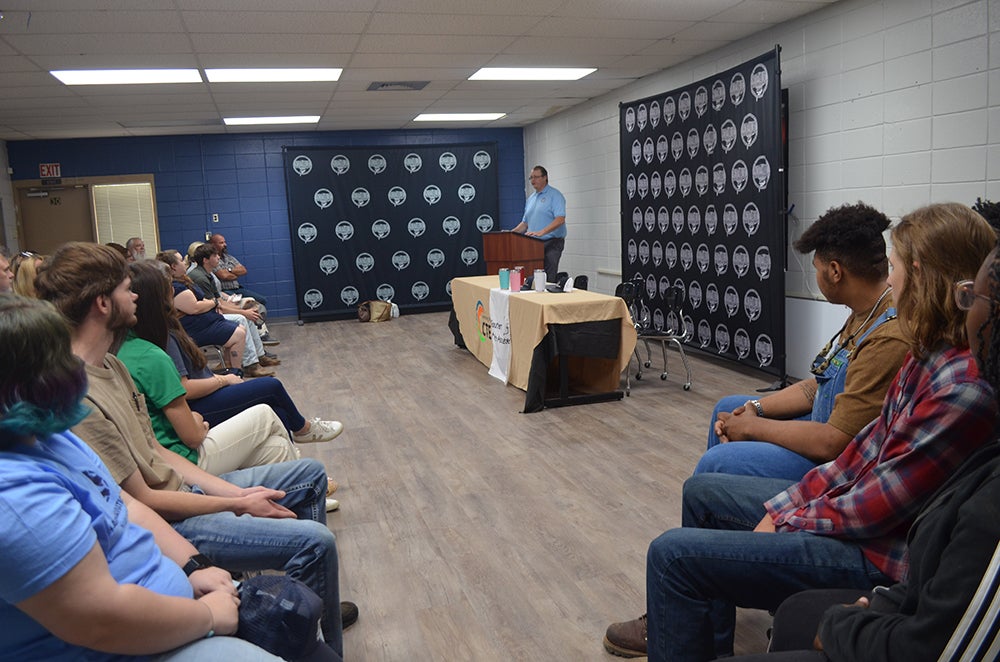Recently, a group of experts from the University of Washington conducted an outdoor test of ocean cloud brightening, a novel technique aimed at reflecting sunlight and temporarily cooling the planet. To achieve this goal, they employed a specialized sprayer to release microscopic sea salt particles onto low-lying clouds over the ocean. This experiment was driven by concerns about global warming and the need for innovative solutions.
The research team’s focus was on enhancing clouds’ natural ability to reflect sunlight into space. By adding sea salt particles (aerosols) to the clouds, they were able to increase their brightness or reflectivity. As a result, less sunlight is absorbed by Earth, creating a cooling effect. This process is sometimes referred to as solar radiation conversion or solar radiation management.
During the test, the team carefully monitored the sprayer’s performance in delivering salt particles of the right size into the air. The correct particle size is essential for achieving optimal cloud reflectivity as smaller particles provide better reflectivity while larger ones can lead to poorer performance. While ocean cloud brightening shows potential in cooling the planet, there are concerns about its long-term effects on climate patterns and ocean currents and rainfall patterns.
Although some scientists are skeptical about its widespread application due to potential side effects and lack of understanding of its full impact, researchers acknowledge that reducing emissions from fossil fuels remains the most effective way to mitigate global temperature rise and limit it to sustainable levels.



